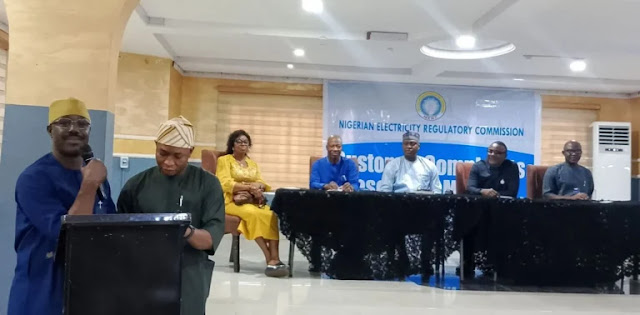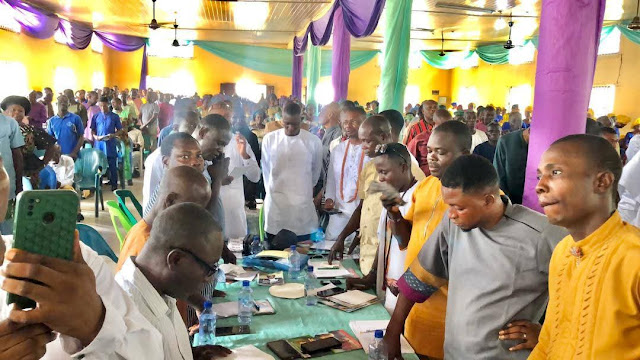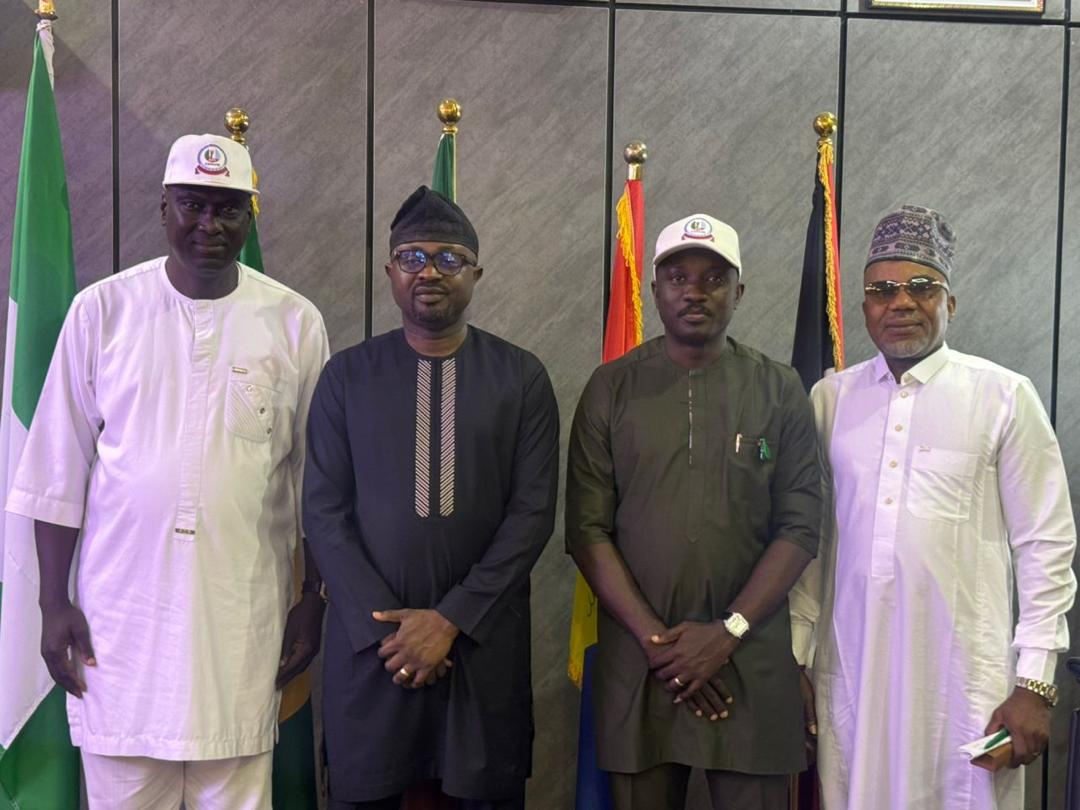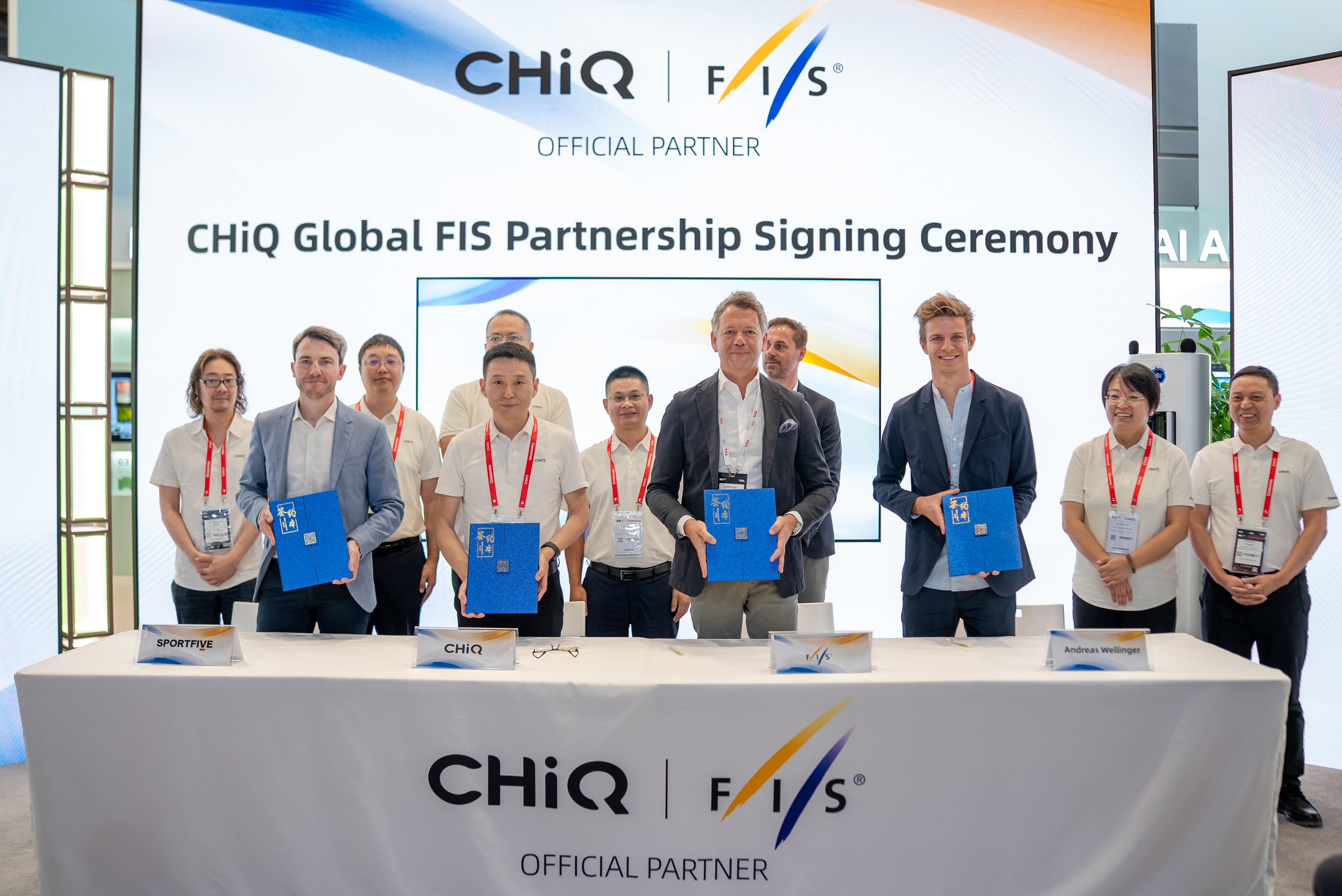The Nigerian Electricity Regulatory Commission (NERC) has revealed that 69 percent of customers under the Enugu Electricity Distribution Company (EEDC) in Southeast Nigeria are unmetered, relying on estimated billing for their electricity consumption. This statistic, disclosed in NERC’s third-quarter report for 2024, highlights a persistent challenge in Nigeria’s electricity sector: the slow pace of metering, which continues to undermine transparency, fairness, and efficiency in electricity distribution. The report underscores the systemic issues plaguing the sector, including inadequate infrastructure, regulatory hurdles, and financial constraints, while also shedding light on the implications for consumers and the broader economy.
Background: The State of Electricity Metering in Nigeria
Electricity metering is a critical component of any modern power distribution system. Meters ensure accurate measurement of electricity consumption, enabling fair billing and fostering trust between consumers and electricity distribution companies (DisCos). In Nigeria, however, the metering gap has been a longstanding issue, with millions of households and businesses subjected to estimated billing—a practice that often leads to disputes, overbilling, and consumer dissatisfaction.
The Nigerian government, through NERC and other agencies, has introduced several initiatives over the years to address the metering deficit. Programs such as the Meter Asset Provider (MAP) scheme and the National Mass Metering Programme (NMMP) were designed to accelerate meter deployment across the country. Despite these efforts, progress has been uneven, with many DisCos, including EEDC, struggling to meet metering targets. The NERC report’s revelation that 69 percent of EEDC’s customers remain unmetered is a stark reminder of the challenges facing the sector.
EEDC’s Metering Challenges in the Southeast
EEDC serves five states in Southeast Nigeria: Abia, Anambra, Ebonyi, Enugu, and Imo. The region, known for its vibrant commercial and industrial activities, relies heavily on electricity to power businesses, households, and public services. However, the high percentage of unmetered customers in the region has significant implications for both consumers and the DisCo.
According to NERC, EEDC’s unmetered customers are billed based on estimates, a method that calculates consumption using factors such as the customer’s location, type of premises, and historical usage patterns. While this approach is intended to account for electricity usage in the absence of meters, it is often criticized for being arbitrary and prone to errors. Consumers frequently report receiving inflated bills that do not reflect their actual consumption, leading to disputes and a lack of trust in the DisCo.
The NERC report indicates that EEDC has made some progress in metering, with approximately 31 percent of its customers now metered. However, the remaining 69 percent represents a significant portion of its customer base, estimated to be in the millions. This figure places EEDC among the DisCos with the highest unmetered populations in Nigeria, raising questions about the company’s capacity to meet its obligations under the regulatory framework.
Implications for Consumers
For the millions of unmetered customers in the Southeast, estimated billing presents a range of challenges. First and foremost, it undermines transparency in billing. Without meters, consumers have no way to verify whether their bills accurately reflect their electricity usage. This lack of accountability often leads to overbilling, which places a financial burden on households and businesses, particularly in a region where economic pressures are already high.
Small and medium-sized enterprises (SMEs), which form the backbone of the Southeast’s economy, are particularly affected. Many businesses rely on electricity to power their operations, and inflated bills can erode profit margins, making it difficult to compete in an already challenging economic environment. For households, high electricity costs exacerbate the cost-of-living crisis, forcing families to allocate a larger portion of their income to utility bills.
Moreover, estimated billing discourages energy conservation. Since unmetered customers are not billed based on actual consumption, there is little incentive to adopt energy-saving practices. This inefficiency not only affects consumers but also strains the national grid, as DisCos struggle to manage demand and supply effectively.
Regulatory Framework and Metering Initiatives
NERC, as the primary regulator of Nigeria’s electricity sector, has set ambitious targets for metering to improve service delivery and consumer satisfaction. The commission’s regulations require DisCos to meter all customers within a specified timeframe, with penalties for non-compliance. However, the slow pace of metering has led to repeated extensions of these deadlines, reflecting the complexity of the challenge.
The Meter Asset Provider (MAP) scheme, introduced in 2018, was a significant step toward addressing the metering gap. Under the scheme, independent meter providers were licensed to finance, supply, and install meters, relieving DisCos of the financial burden of meter procurement. Customers were expected to pay for meters over time through their electricity bills, making the process more affordable. Despite its promise, the MAP scheme has faced challenges, including delays in meter deployment, logistical issues, and resistance from some consumers unwilling to pay for meters.
The National Mass Metering Programme (NMMP), launched in 2020, aimed to further accelerate metering by providing free meters to consumers, funded through loans from the Central Bank of Nigeria (CBN). The program targeted the installation of millions of meters across the country, with a focus on closing the metering gap in underserved regions. While the NMMP has achieved some success, it has been hampered by funding constraints, supply chain disruptions, and logistical challenges, particularly in rural areas.
For EEDC, the high percentage of unmetered customers suggests that these initiatives have not been fully effective in the Southeast. Factors such as inadequate funding, bureaucratic bottlenecks, and logistical challenges in distributing meters to remote areas may have contributed to the slow progress. Additionally, consumer resistance to paying for meters under the MAP scheme has been a significant hurdle, as many customers believe metering should be the responsibility of the DisCo or the government.
EEDC’s Response and Challenges
In response to the NERC report, EEDC has acknowledged the metering gap and outlined its efforts to address the issue. The company has cited several challenges, including limited financial resources, supply chain constraints, and difficulties in accessing certain communities due to security concerns. The Southeast has experienced rising insecurity in recent years, with incidents of vandalism and attacks on utility infrastructure complicating meter deployment efforts.
EEDC has also highlighted its participation in the NMMP and MAP schemes, noting that it has installed thousands of meters in recent years. However, the scale of the metering gap suggests that these efforts have not kept pace with the growing customer base. The DisCo has called for increased support from the government and regulatory authorities to accelerate metering, including additional funding and streamlined processes for meter procurement and installation.
Broader Implications for Nigeria’s Electricity Sector
The metering gap in the Southeast is not an isolated issue but part of a broader challenge facing Nigeria’s electricity sector. Across the country, millions of customers remain unmetered, with some DisCos reporting even higher percentages than EEDC. This systemic issue undermines the sector’s ability to deliver reliable and affordable electricity, a critical driver of economic growth.
The persistence of estimated billing also contributes to revenue losses for DisCos. Unmetered customers are less likely to pay their bills, either due to disputes over billing accuracy or financial constraints. This, in turn, limits the ability of DisCos to invest in infrastructure upgrades, perpetuating a cycle of poor service delivery and consumer dissatisfaction.
Furthermore, the metering gap exacerbates the problem of energy theft, as some unmetered customers bypass the system to avoid paying for electricity. This illegal practice not only reduces revenue for DisCos but also places additional strain on the grid, leading to outages and reduced service quality for paying customers.
Consumer Advocacy and Calls for Reform
Consumer advocacy groups in the Southeast have expressed frustration with the slow pace of metering and the reliance on estimated billing. Organizations such as the Electricity Consumer Protection Advocacy Centre have called for stricter enforcement of metering targets and greater accountability from DisCos. They argue that unmetered customers are being unfairly burdened with high bills, while DisCos face little consequence for failing to meet regulatory requirements.
There have also been calls for the government to revisit the structure of the electricity sector, particularly the privatization of DisCos, which took place in 2013. Critics argue that the privatization process has not delivered the expected improvements in service delivery and infrastructure investment, leaving consumers to bear the brunt of inefficiencies.
The Way Forward: Addressing the Metering Gap
Addressing the metering gap in the Southeast and across Nigeria requires a multifaceted approach that involves collaboration between the government, NERC, DisCos, and other stakeholders. Several strategies could help accelerate metering and improve service delivery:
Increased Funding for Metering Programs: The government and financial institutions should provide additional funding to support initiatives like the NMMP. This could include grants or low-interest loans to DisCos and meter providers to scale up meter deployment.
Streamlined Procurement and Distribution: Simplifying the process for procuring and distributing meters could reduce delays and ensure that meters reach consumers more quickly. This may involve addressing supply chain bottlenecks and improving logistics, particularly in rural areas.
Consumer Education and Engagement: DisCos and regulatory authorities should invest in public awareness campaigns to educate consumers about the benefits of metering and address misconceptions about meter costs. Engaging communities in the metering process can also reduce resistance and improve cooperation.
Enforcement of Regulatory Standards: NERC should enforce stricter penalties for DisCos that fail to meet metering targets. This could include fines, license reviews, or other measures to ensure accountability.
Technology and Innovation: The adoption of smart meters and advanced metering infrastructure could enhance efficiency and accuracy in billing. Smart meters, which provide real-time data on consumption, could also help DisCos manage demand and reduce energy theft.
Addressing Security Challenges: In regions like the Southeast, where insecurity has hampered meter deployment, the government must prioritize improving security to enable DisCos to access communities safely.
Conclusion
The revelation that 69 percent of EEDC’s customers in Southeast Nigeria remain unmetered is a sobering reminder of the challenges facing the country’s electricity sector. Estimated billing continues to undermine consumer trust, burden households and businesses with unfair costs, and hinder the sector’s ability to deliver reliable and affordable electricity. While initiatives like the MAP scheme and NMMP have made some progress, the scale of the metering gap demands more urgent and coordinated action.
For EEDC and other DisCos, closing the metering gap will require overcoming financial, logistical, and regulatory hurdles while addressing consumer concerns. The government and NERC must play a central role in providing the necessary support, whether through funding, policy reforms, or stricter enforcement of standards. Ultimately, achieving universal metering is not just a technical challenge but a critical step toward building a more equitable and efficient electricity sector that supports Nigeria’s economic growth and development.
As the Southeast continues to grapple with the effects of unmetered billing, the urgency of addressing this issue cannot be overstated. For the millions of affected consumers, the transition to metered billing represents more than just accurate electricity bills—it is a step toward fairness, transparency, and empowerment in a sector that has long struggled to meet their needs.






